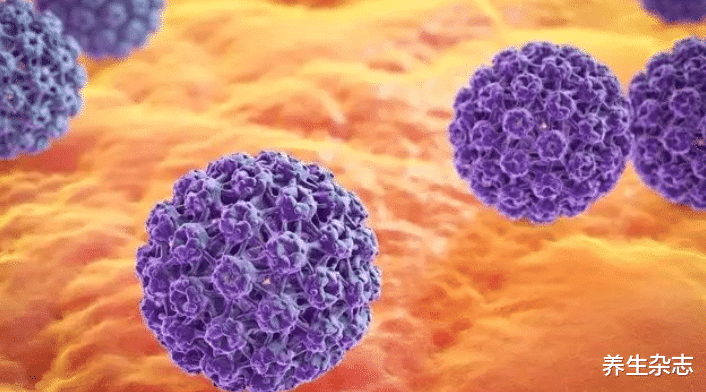Infection with HPV virus is a common and troublesome problem in modern society, especially among women who are more sexually active, the probability of infection is relatively high. The consequences of HPV infection in women can range from minor to serious. In severe cases, it can lead to various dreadful malignant diseases such as cervical cancer. Mild cases can be cleared by the body’s immunity, sometimes even without the infected person realizing it.
27-year-old woman discovers HPV infection due to skin itching
27-year-old Chen Wei is a girl who is very particular about her appearance. She spends most of her salary on skincare and maintenance. She always keeps herself neat and tidy. However, recently, Chen Wei noticed that she had developed many red bumps on her neck, which were itchy all the time. Scratching would leave a red mark, and she had to apply ointment constantly to relieve the discomfort. She could tolerate applying the ointment initially, but in the past few days, she noticed that the bumps were increasing, spreading even to her face!
Realizing she couldn’t handle it herself, Chen Wei had to visit the dermatology department at the hospital. After an examination, the doctor informed her that she tested positive for HPV, and the bumps on her face and neck were actually warts! Due to the delay in seeking medical help, the infection had worsened, and more warts would continue to appear!
Director’s reminder: People with “bumps” in 3 areas on their body should stay alert, as experts can easily identify it as HPV infection
1. Warts on the back of the hand or sole of the foot
There are many types of HPV viruses, each causing different symptoms. Infection with low-risk HPV virus may result in hard warts resembling calluses on the extremities such as hands and feet. These are a type of common warts. Once the surface becomes hardened and rough due to keratinization, they stabilize without causing significant itching or pain. There may be a slight itchiness during their spread. Although the spread of these warts is not too extensive, if left untreated, they may continue to grow and even lead to deformities in the joints of the hands and feet.
2. “Bumps” on the neck or upper body
Many people have experienced the appearance of “flesh-colored bumps” on their bodies, which are actually filamentous warts caused by HPV infection. Statistics show that this type of warts is more common in people over 40 years old. Young individuals with stronger immunity generally experience limited growth of these warts. However, if there is widespread growth, it indicates that their immunity is struggling to fight against this particular HPV virus and immediate medical attention is essential. If these warts are accidentally scratched, there is a risk of infection and inflammation.
3. “Bumps” in the genital area
Sexual contact is one of the primary modes of HPV infection, leading to the growth of small red bumps resembling cauliflower near the private parts. As the infection progresses, these bumps multiply and enlarge, forming cauliflower-like growths. These warts are known as genital warts and are a type of sexually transmitted infection. They cause noticeable itching post-scratching, with a high risk of infection. This type of warts is the most contagious among the various types of warts. If such warts are found in the genital area, perianal region, or other mucosal tissues, prompt medical attention is necessary as they pose significant health risks.
Regardless of the type of warts that appear, it indicates an HPV virus infection in the body. It is crucial to avoid close contact with family members or sharing certain items to prevent cross-infection. Correct methods should be employed as only by completely eliminating the HPV virus can one lead a peaceful life.
After HPV infection, two methods can be regularly used in daily life to help clear the infection and prevent further harm.
2. Maintain personal hygiene and cleanliness
After viral infection, it is essential to maintain personal hygiene. Promptly wash and change intimate clothing, take baths regularly, and be cautious not to scratch or break the warts during body cleansing. Avoid sharing items such as towels, bath towels, and basins to reduce the chances of reinfection or cross-infection.


